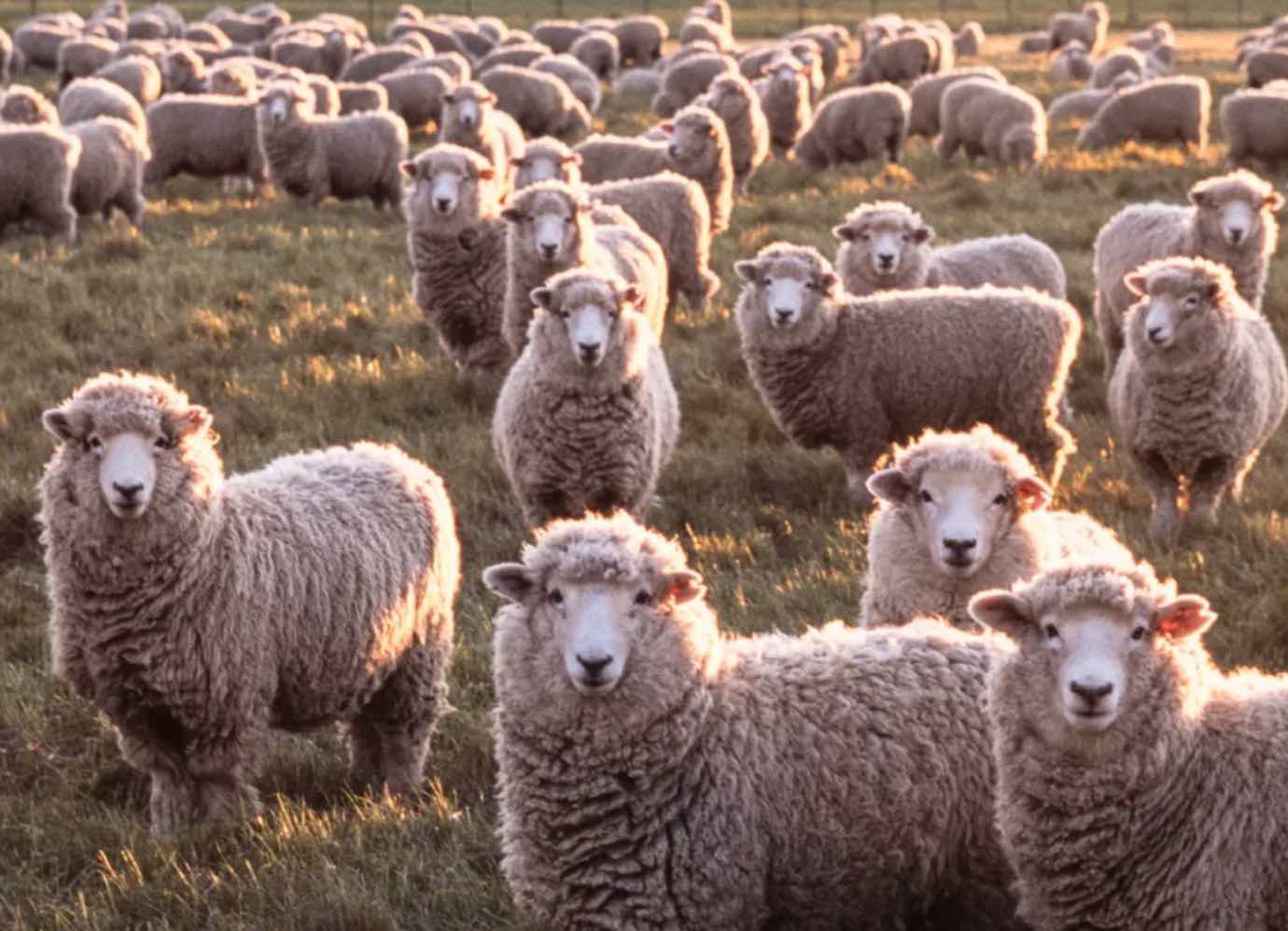
While building their fledgling fashion brand, environmentally minded Edzard van der Wyck and Michael Wessely confronted a deluge of sustainability claims about different textiles.
“We looked at all types of fibres from cashmere to pineapple skin,” says Wessely. But they often found barriers in the way materials were produced. Bamboo, for example, while biodegradable, often goes through intensive chemical manufacturing processes. Pineapple production typically uses large amounts of agrochemicals and is usually grown in monoculture.
They were looking for a fabric with sustainability credentials that stood up to scrutiny, not just in carbon emissions but also in its impact on biodiversity, pollution, recyclability and the communities producing it. They initially suspected the ideal fabric might be found on the more innovative end of the spectrum, exploring materials that were relatively new to fashion.
But in 2018, Van der Wyck and Wessely turned their attention to a much, much older material. They met regenerative sheep farmers who “wanted to bring about radical change” to their industry, Wessely says. Impressed with farmers’ convictions and the technical and environmental benefits they claimed their produce offered, they landed on their raw material of choice: regenerative wool. “The real answer came in the form of an ancient material, albeit sourced and treated in a pioneering way,” says Wessely.
A year later, they established Sheep Inc, which claims to be the world’s first “carbon negative” fashion brand. The London-based brand factors farming (including methane, sheep farming’s main source of emissions), manufacturing, packaging and transport into its analysis, according to a report from independent certifiers, Carbon Footprint. However, this figure doesn’t include home energy emissions from the team’s remote working nor other digital emissions, although these would likely be low compared to emissions from farming wool.
Sheep Inc’s methods to keep its environmental impact low include using solar-powered knitting machines, sorting clothes in a solar-powered warehouse and a plastic-free supply chain. Customers can also return items to Sheep Inc for mending and repair.
Experts in sustainable fashion have praised the company’s efforts. “This is a brand after my own heart: championing regenerative natural fibres, renewable energy, responsible production with a fully traceable supply chain,” says independent sustainable fashion consultant Lucianne Tonti. “They are proof of the concept that it is possible to make beautiful clothes with a positive environmental impact.”
The fashion industry is responsible for between 8 and 10% of global greenhouse gas emissions, more than aviation and shipping combined.
Some 70% of fashion’s emissions come from its supply chains, concentrated in raw material production, processing and preparation. This was why carefully selecting raw material suppliers was so crucial to Sheep Inc’s process, says Wessely.
Wool is viewed as somewhat of a wonder-fabric in the fashion industry because it is hardier than most fibres, requires less washing, and is recyclable, Tonti says. “It’s strong, elastic and has a waxy coating so it doesn’t stain easily, and it’s odour resistant.” It is also flame-retardant, has anti-bacterial properties, and can absorb up to 30% of its weight in water, she says. When wool returns to soil or water, it biodegrades, unlike petroleum-based fabrics such as polyester. (Read more about fashion’s colossal waste problem).
This makes it a strong contender for sustainable clothing that lasts consumers decades. But conventional wool production remains far from climate-friendly; sheep emit methane, which is 28-36 times more potent than CO2 over a 100-year period. Conventional wool farming often uses set stock grazing, where animals sit in the same paddocks for long periods which can lead to desertification, biodiversity loss and soil erosion.
In places like South America, New Zealand and Australia, it is more common for sheep to roam but chemical fertilisers are commonplace and without adaptive management practices, conventional sheep farming can lead to the same overgrazing issues as set stock grazing including water pollution, soil erosion and desertification.
Read more: BBC
